We are seeing a real take-off of machine learning platforms. chatGPT and Midjourney predict a cloudless future in a variety of ways. But artificial intelligence has long been actively used to solve more complex problems — the creation of successful food and beverage products. Exploring the AI future of the food industry.
Manufacturers dream
To release a hit product is the dream of any food production. Brands are actively mastering new technologies, keeping abreast. And we try to tell you about the most interesting discoveries of the leaders of the world food industry in the field of advanced developments and R&D. AI prospects have not been ignored either.
The hero of our material today is the innovative Gastrograph artificial intelligence and machine learning platform, which claims to change the very way food is produced in the food industry.
Gastrograph developments help food and beverage manufacturers predict how to proactively improve the quality of their products, thereby better meeting the needs of their consumers. The company’s solution is used by brands to determine the optimal product formula, evaluate future quality, and determine the optimal marketing approach when bringing new products to market.
The principles of operation of Gastrograph are based on machine learning and analysis of large amounts of data. The system uses algorithms that allow processing information about the composition of the product, its taste and aroma properties, as well as the reaction of people to this product.
This information is used to create a model that can predict how people will perceive the taste and aroma of a new product. But the service does more than just allow manufacturers to optimize their flavor and texture profile for the target consumer. A breakthrough for developers can be considered an approach when their development allows you to create full product profiles that manufacturers previously did not even consider for the target consumer demographic.
The icing on the cake is that Gastrograph helps to predict the perception of the product by different consumer groups ahead of time, predicting in advance potential problems that may arise when sales of new products released to the market.
This approach turned out to be extremely popular, so there are enough cases of using artificial intelligence in food production.
The future of the food industry
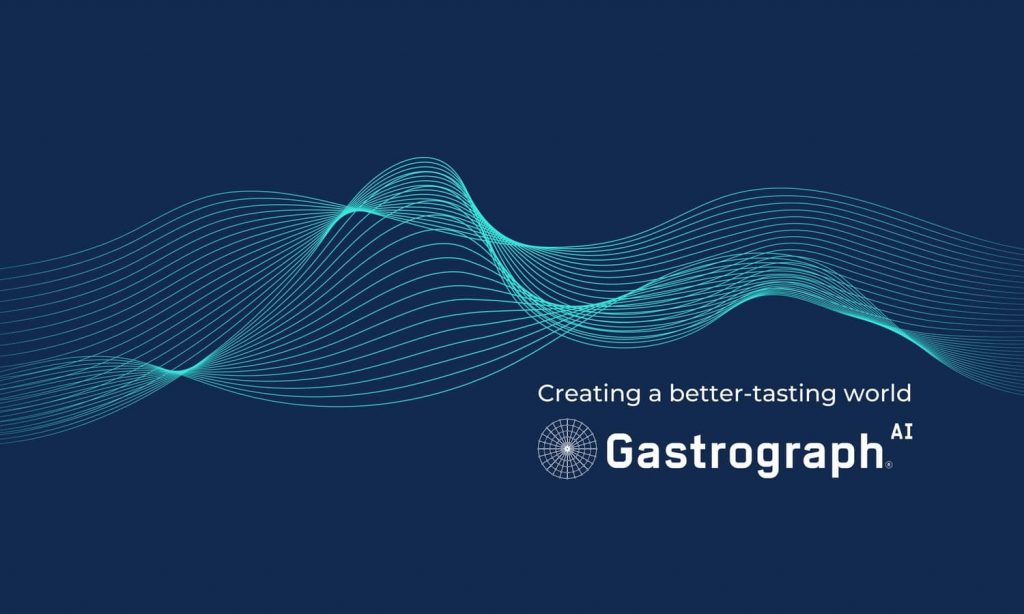
It seems to us that the future has already arrived in the food industry. Thus, Gastrograph solutions can be effectively used in various food and beverage industries, including wine, beer, coffee, tea and many others.
Winemakers, for example, can use the Gastrograph to analyze the flavor profile of a wine and determine what factors influence its flavor and aroma. Coffee producers can use Gastrograph not only to analyze the taste characteristics of coffee, but also to determine the best way to roast the beans. And that is not all.
Gastrograph can also become a key tool in the fight against fakes and counterfeit products. The analysis of taste characteristics allows you to determine the authenticity of the product and identify its fake copy.
This is especially important in industries where products are of high value and are at risk of counterfeiting. For example, in the production of beer or rare teas.
Not artificial beer
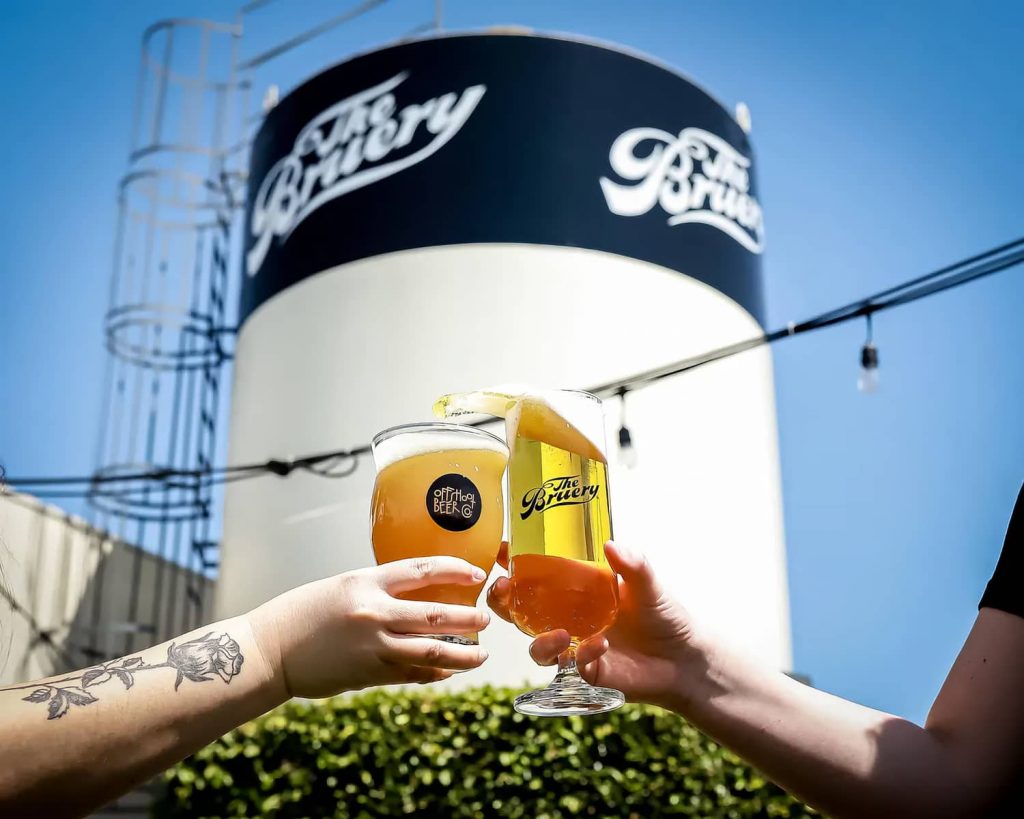
The experience of the craft brewery The Bruery is a good example of the effective use of Gastrograph. Inspired by Belgian beers, brothers Patrick and Michael Rue decided to create their own unique beer brand in North America. Their brewery in Placenta, California, opened in 2008.
The Bruery specializes in craft beers that are aromatic and complex with high strengths that can be stored for many years. The company produces a wide range of beers, including Belgian ales, stouts, fruit lambics, imperial stouts and others.

Despite the fact that The Bruery is a relatively young brewery, it has quickly become one of the most recognizable brands in the craft beer world in the US and beyond. Its products have been awarded many prizes at various brewing competitions.
The Rue brothers continue to experiment with different ingredients and production processes, so Gastrograph’s solutions for finding the optimal beer formula that takes into account the taste preferences of consumers turned out to be just right.
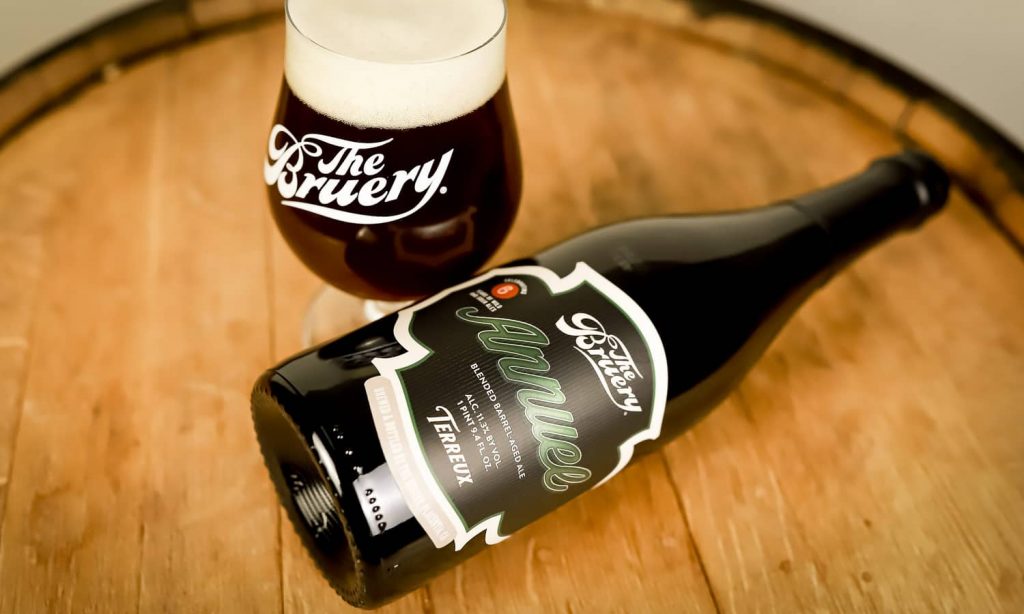
Using the Gastrograph, The Bruery was able to determine the right combination of ingredients to create unique and delicious new beers to please their consumers’ tastes.
Created with the help of artificial intelligence, The Bruery’s new beers are unusually popular among craft lovers and not only in the United States. That allowed the company to increase sales by 17%. The company’s most popular varieties are Black Tuesday, Chocolate Rain, Tart of Darkness and Mischief. Try to distinguish which ones are created by artificial intelligence? The company does not spread much about this.
AI tea
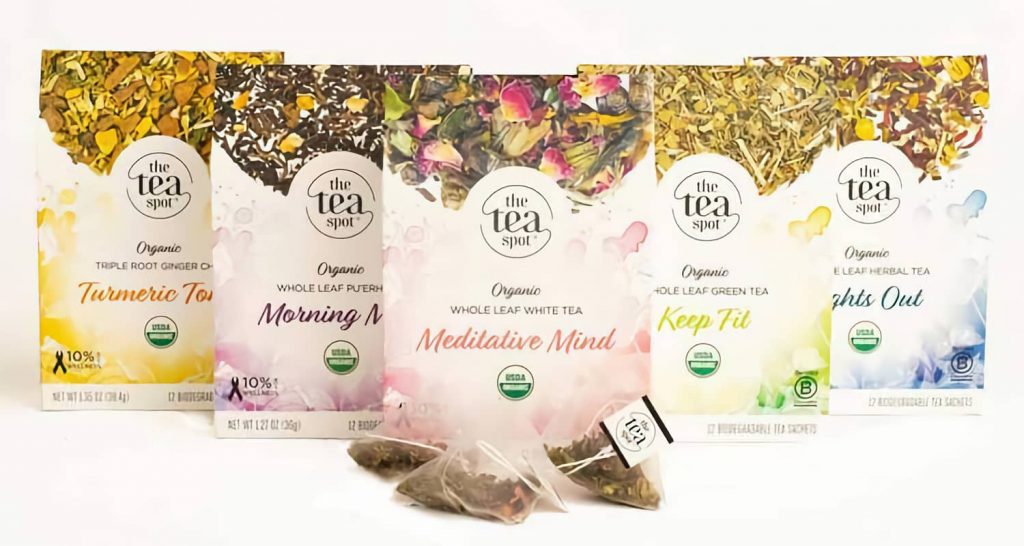
Another successful example of the use of the Gastrograph platform is the experience of The Tea Spot tea company. Since its founding in 2004 in Boulder, Colorado, The Tea Spot has specialized in the production and sale of high quality teas and branded tea blends with a functional focus.
Company founder Marianne Ouspensky started the tea business after she was diagnosed with cancer. Starting to use tea in large quantities to strengthen the immune system and fight a serious illness, Ouspensky eventually defeated cancer. After that, she decided to help other people fight this disease by offering them the concept of tea as a healthy drink.
Today, The Tea Spot produces a wide range of teas including green, black, white, oolong and medicinal herbal blends. The company’s mission is to make loose leaf tea an everyday luxury so that consumers can live inspired and healthy lives.
The tea market is not easy and rather conservative. According to the Global Tea Market Report, it was valued at about $55 billion in 2020. It is expected to grow until 2025. The US is one of the most important markets for tea — the country ranks 3rd in the world in consumption of this drink. Therefore, competition in the tea market will only increase.
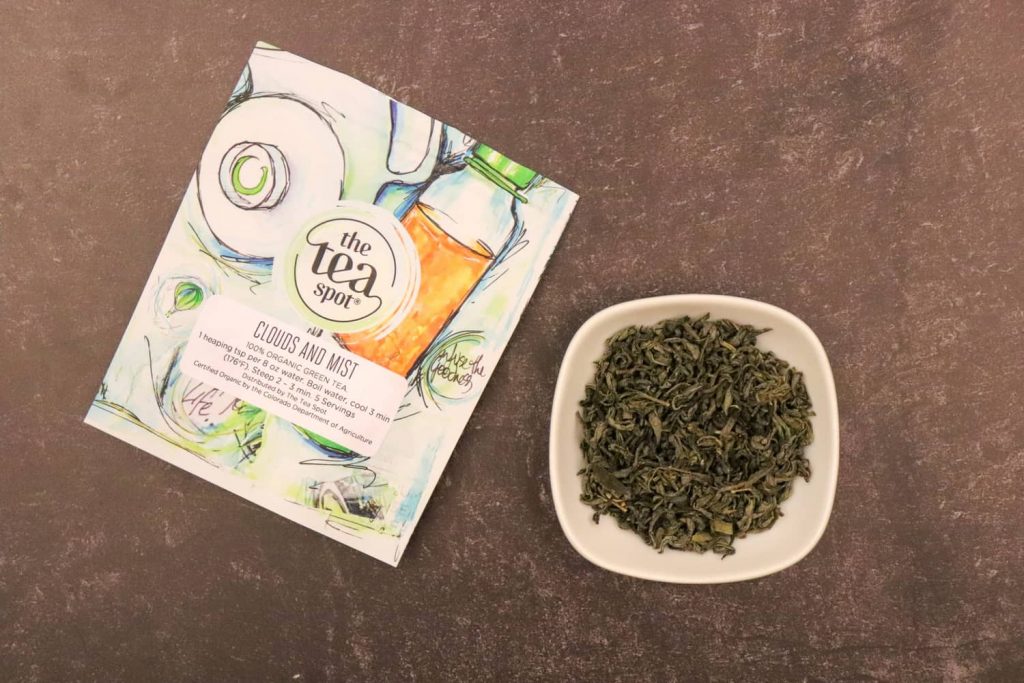
The Tea Spot uses the Gastrograph to determine the optimal processing of tea to achieve the best flavor and aroma. With the help of an AI platform, the tea company has identified which processing options for tea can improve its quality and make it more attractive to consumers.
The results were extremely positive. Today, The Tea Spot is one of the most recognizable brands in the tea world, with consumers celebrating its strong and rich taste. Therefore, it is expected that the company’s products are popular with lovers of this drink. The brand is represented in the Whole Foods Market and Amazon. In addition, the company supplies its products to United Airlines and the Marriott Hotels chain.
Tea The Tea Spot is popular not only in North America. The Tea Spot has several trading partners abroad and plans to expand its territorial expansion.
Gastrograph’s touch database includes consumer panels from around the world (up to 3,500 people each) and allows you to predict consumer preferences based on regional and demographic characteristics.
Artificial intelligence — real benefits
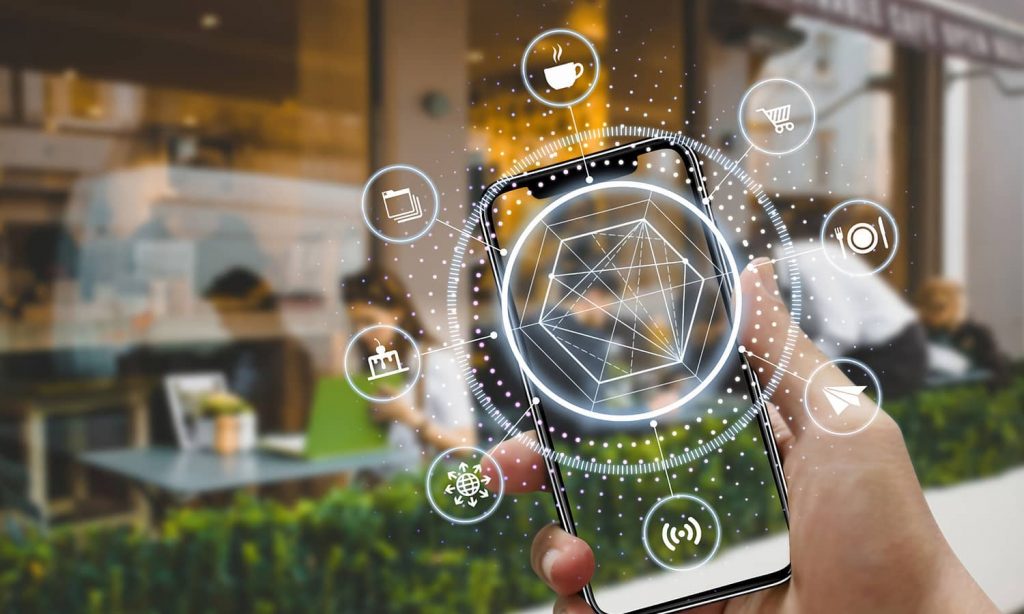
Gastrograph developer Analytical Flavor Systems claims that their development has a number of advantages over other taste analysis tools that marketers have used before.
For example, first, the Gastrograph is a more accurate and reliable system than traditional taste analysis methods such as tasting. Secondly, Gastrograph can process large amounts of data and create more accurate models that can be applied to various complex industries.
And finally, thirdly, Gastrograph provides its results extremely quickly, with extremely high accuracy of forecasts. Thus helping the analytics company empowers manufacturers to make fast data-driven decisions. And this, in turn, can significantly reduce the time for the development of new products. At times, which opens up great prospects for increased competition.
For example, Nestle SA accelerated the development of its products by 60% using artificial intelligence. Across all categories, the average project duration at Nestle has been reduced from 33 months to 12 months. And some projects of the food division of the holding were reduced to a record nine months and even six months — a great achievement!
With the help of artificial intelligence in planning and developing new products, the world leader began to act even faster than many start-ups, which had a beneficial effect on the entire operations of the food holding.
Taste analysis platforms like Gastrograph are not just an important step in the development of technology. By enabling companies to better understand the needs and preferences of consumers, they are well on their way to important tasks such as improving the quality of their products and increasing sales. The food sector is inspired by the vision of its own future through artificial intelligence.
Global AI Perspectives
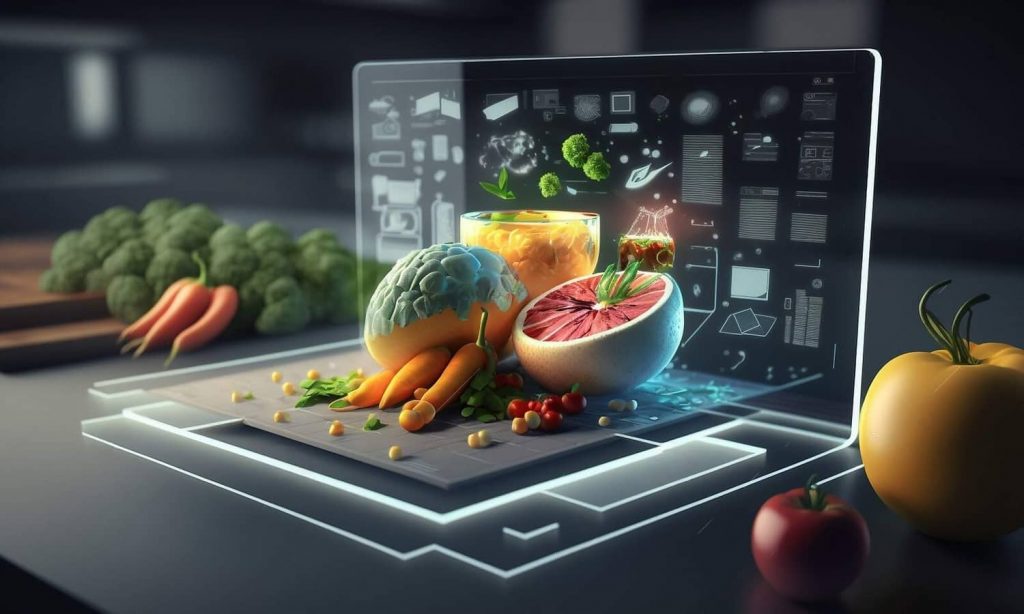
The food taste analysis market is a relatively new but dynamic sector in the food industry. High value-added products such as wines, chocolates, coffees, alcoholic beverages, cheeses, oils and others have the highest demand for taste analysis.
According to a MarketsandMarkets report, in 2020 the global AI food taste analysis market was valued at $3.54 billion. Going forward, this report estimates that the market will grow at a CAGR (Compound Annual Growth Rate) of 4.9% from 2020 to 2025 , reaching $4.51 billion by 2025.
More positive forecasts say it will rise to $12.8 billion by 2026 (CAGR 19.7% over 2021-2026.)
It is expected that the key factors driving the growth of the market will be an increase in demand for quality products among consumers, an increase in the introduction of new technologies and methods for analyzing the taste characteristics of products, as well as an increase in the share of high value-added products in the market.
Also, in light of the COVID-19 pandemic and increased interest in healthy lifestyles, the demand for foods low in sugar, salt and fat is expected to increase, leading to an increased need to analyze the taste characteristics of these products and develop healthier taste profiles.
Competitors
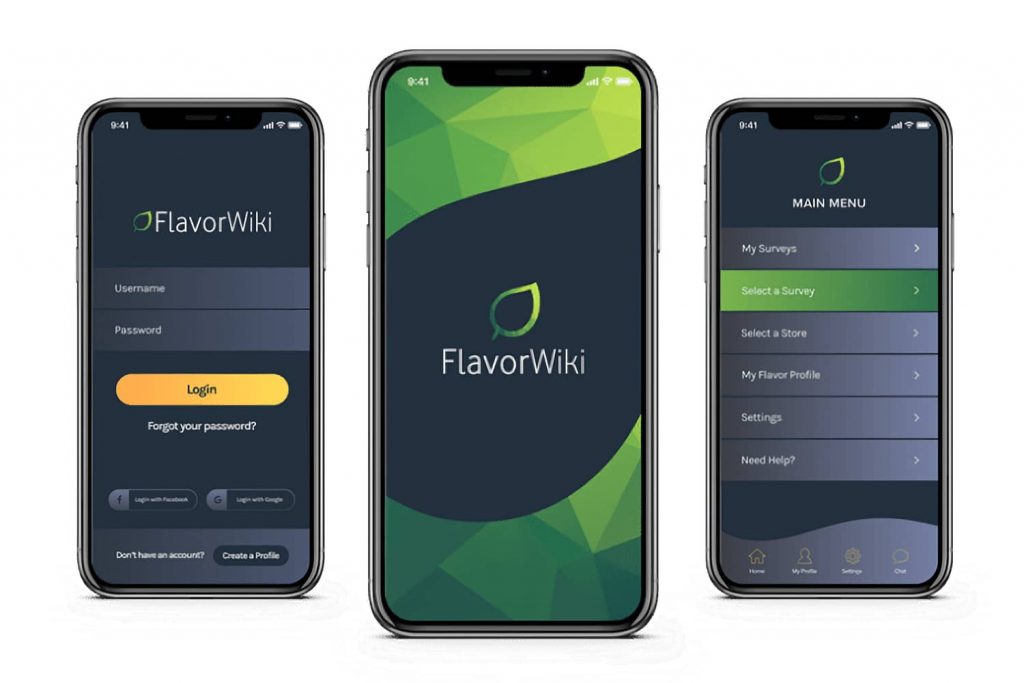
In addition to Gastrograph, other companies provide the food industry with tools for analyzing the taste characteristics of their products.
Among the main competitors is the FlavorWiki platform. It also uses artificial intelligence and machine learning to analyze the taste characteristics of products. It offers its platform for analyzing taste profiles and comparing products with competitors, providing its customers with access to a database with the results of analyzing the taste characteristics of various products.
FlavorWiki’s clients include major food manufacturers such as Coca-Cola, PepsiCo, and Nestle.
IBM Watson, from the world leader IBM, is so far using artificial intelligence and machine learning in its healthcare and pharmaceutical solutions. And although the company does not specialize in the analysis of the taste characteristics of products, their own platform allows processing large amounts of data, highlighting the most significant characteristics, including those for food production, although not much advertising such expertise.
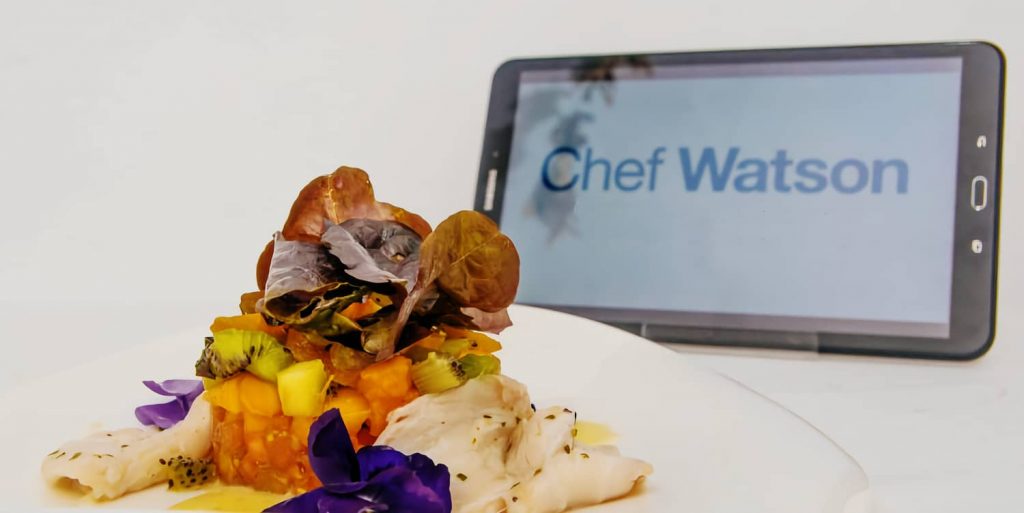
Experts say IBM has developed a system called «Chef Watson» behind the scenes that uses artificial intelligence to generate new recipes and ingredient combinations based on flavor profiles.
Occasionally, information leaks into the media that another developer, Insilico, whose main specialization is AI analytics and machine learning in the pharmaceutical industry, is also trying its hand at research and development of new food products based on the analysis of taste characteristics. However, the developer clearly does not demonstrate [but does not refute] this, keeping the intrigue.
Delicious future
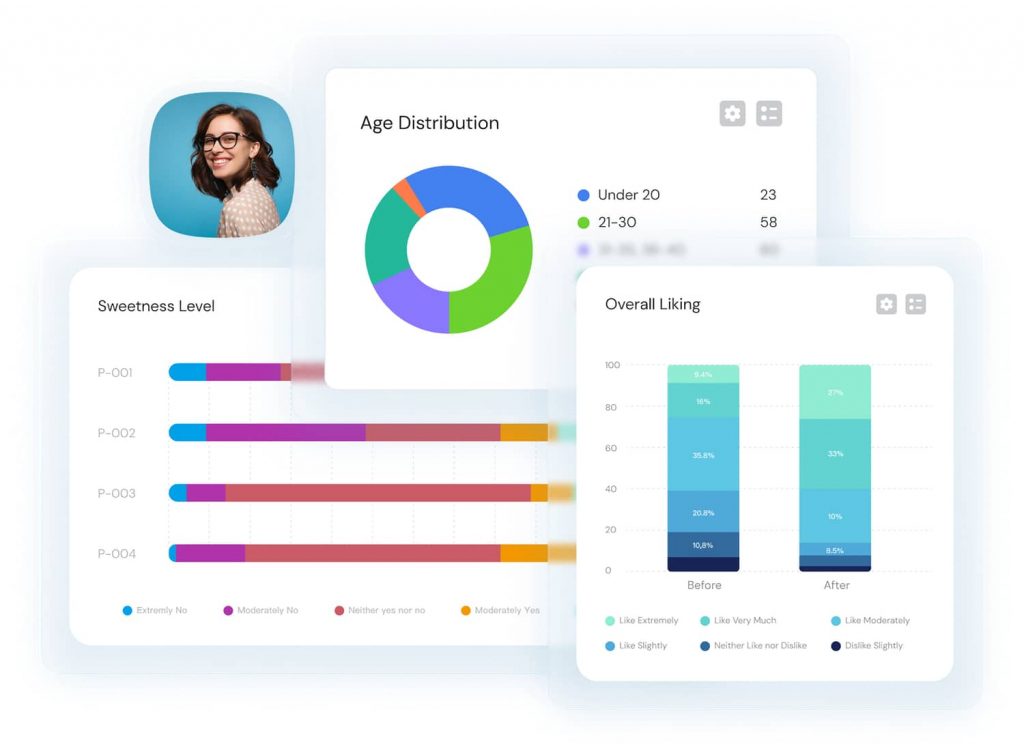
The potential of the emerging market for AI-analysis of the taste characteristics of products for the next 10 years is huge. With increasing demand for quality food and beverages and an increased interest in healthy lifestyles, companies that use artificial intelligence and machine learning to analyze the taste characteristics of products will become more and more in demand.
And while there is demand, we should expect the emergence of new players. Yes, not anytime soon. But there is a feeling that behind the scenes on the problem of consumer analytics with the help of machine learning, several “named” teams are already working at once, trying to keep their achievements secret for the time being.
But after all, the creator of Gastrograph AI, Analytical Flavor Systems, before patenting the world’s first platform that can help food and beverage manufacturers make decisions based on the taste preferences of consumers, it took a long 7 years of painstaking work under the cover of understatement and secrecy.
